- About us
- Support the Gallery
- Venue hire
- Publications
- Research library
- Organisation chart
- Employment
- Contact us
- Make a booking
- Onsite programs
- Online programs
- School visit information
- Learning resources
- Little Darlings
- Professional learning
Robert Manne (b. 1947), academic and writer, grew up in Melbourne, the child of European Jewish refugees. Having gained his history degree at the University of Melbourne, in 1969 he won a Shell Scholarship that enabled him to complete a doctorate in international relations at Oxford. Appointed as a lecturer in politics at LaTrobe University in 1975, he now holds a Personal Chair in Politics there and convenes the university’s Ideas & Society Program. Manne’s political trajectory is indicated in the title of his collected essays, Left, Right, Left; Political Essays-1977-2005. Between 1987 and 2004 he was a public affairs columnist for the Murdoch Press and Fairfax (at different times), and also a regular commentator on ABC Radio. Editor of the conservative journal Quadrant from 1989 to 1997, he was the chair of the editorial board of The Monthly from 2006 to 2011 and remains a frequent contributor to the latter. Manne has written or edited some twenty books including The Petrov Affair: Politics and Espionage; The Culture of Forgetting: Helen Demidenko and the Holocaust; Whitewash: Keith Windschuttle and the Fabrication of Aboriginal History; The Howard Years; Dear Mr Rudd: Ideas for a Better Australia; and Making Trouble: Essays against the New Australian Complacency. His Quarterly Essays include “Bad News: Murdoch’s Australian and the Shaping of the Nation”. In 2005 Manne was voted Australia’s leading public intellectual in a survey conducted by The Sydney Morning Herald.
Collection: National Portrait Gallery
Purchased 2012
© Dave Tacon/Copyright Agency, 2024
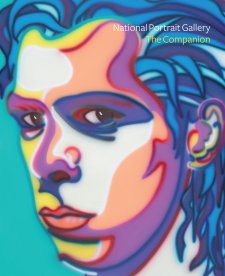
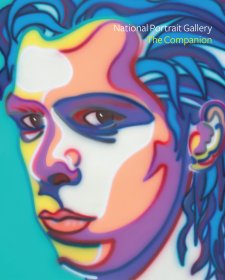
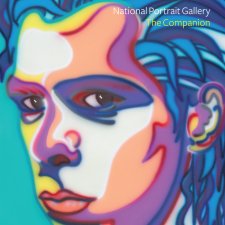
On one level The Companion talks about the most famous and frontline Australians, but on another it tells us about ourselves.

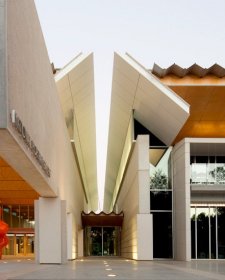
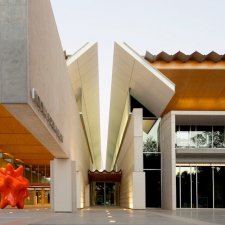
Visit us, learn with us, support us or work with us! Here’s a range of information about planning your visit, our history and more!
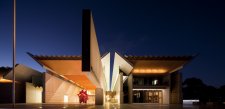
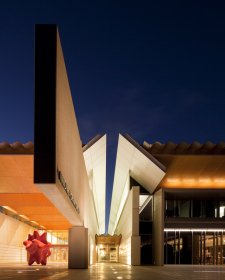
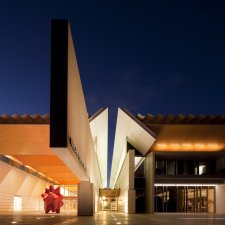
We depend on your support to keep creating our programs, exhibitions, publications and building the amazing portrait collection!